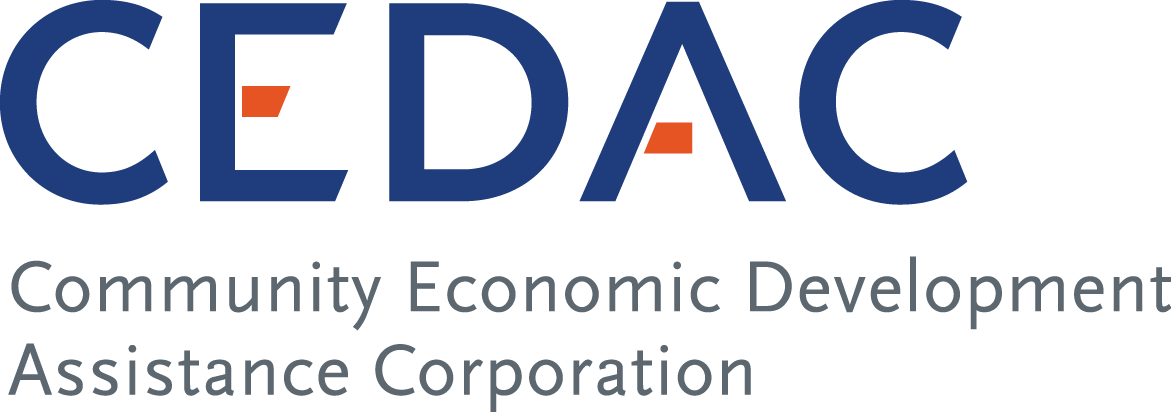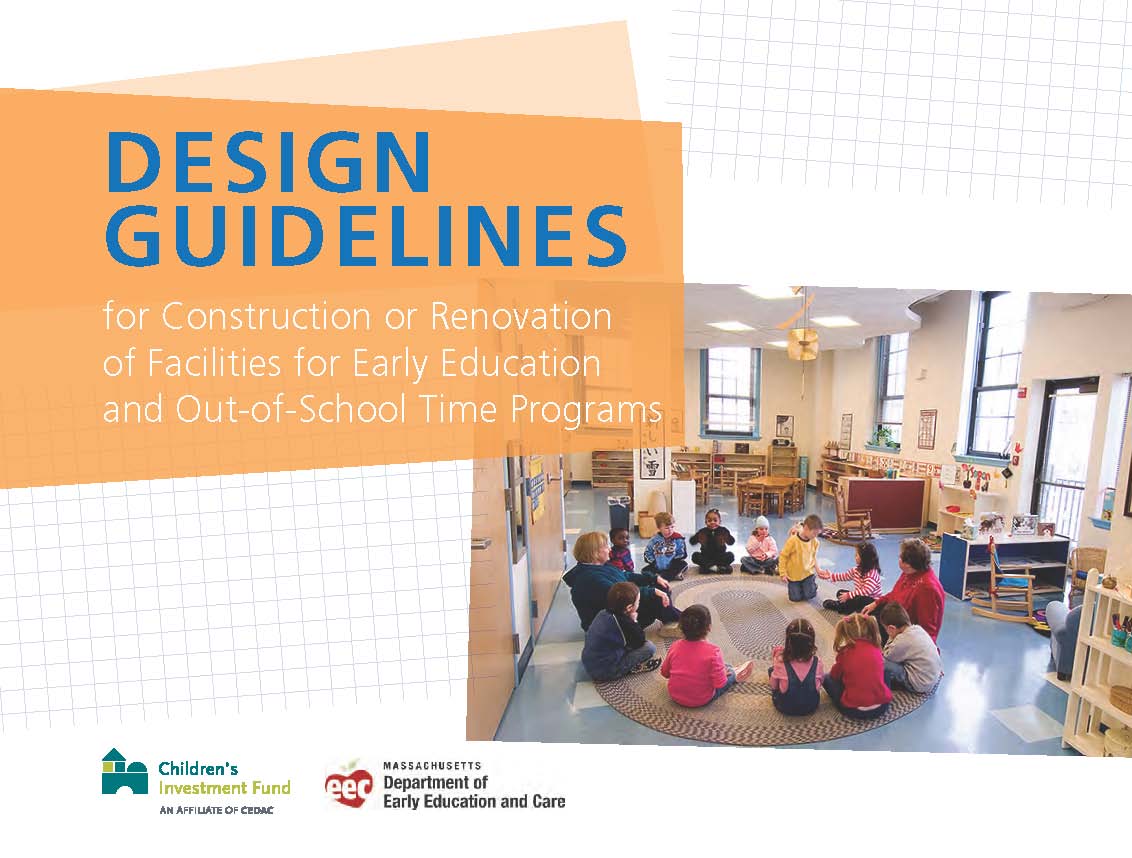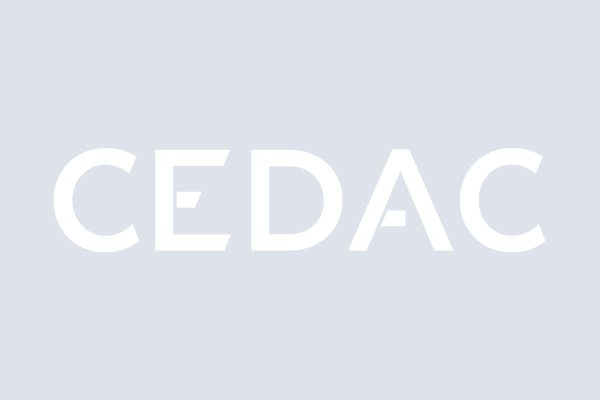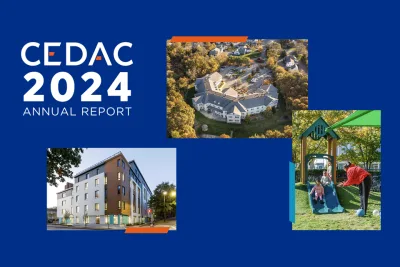A well-designed, well-equipped environment supports learning, but child care programs are often located in church basements, old storefronts, and other substandard spaces that were not intended for educational uses. At Children’s Investment Fund (the Fund), we believe that all children deserve to learn in safe physical environments that help support healthy development. That is why we have spent the last 26 years working with non-profit providers to create high-quality educational spaces for Massachusetts’ children. We are pleased to release the Design Guidelines for Construction or Renovation of Facilities for Early Education and Out-of-School Time Programs, a new resource that presents standards and best practices unique to early childhood education (ECE) and out-of-school time (OST) settings.
A State Resource
In 2014, the Early Education and Out of School Time (EEOST) Capital Fund was established to provide capital grants to ECE and OST providers to improve the quality of program facilities. The early education and care sector rejoiced and 21 projects have received EEOST capital grants for a total of $15.2 million. The demand for this valuable state resource is high.
EEOST supports the learning and healthy development of young children, many of whom spend over 40 hours a week in early learning and afterschool settings. Because of EEOST, children are benefiting from facility improvements such as larger classrooms with access to sinks and bathrooms, indoor gyms, more natural light, and better heating, cooling, and ventilation.
When it comes to child care facilities, both quality standards and best practices often push beyond regulations and codes, making it difficult for programs and their consultants to make decisions about their facilities based on these overlapping frameworks. The Fund has worked closely with the Massachusetts Department of Early Education and Care (EEC), which administers EEOST and is responsible for licensing ECE and OST facilities and ensuring the health and safety of children served, to create guidelines on facility design.
Three tiers of design considerations come into play:
- Licensing regulations (overseen by EEC; focus on minimum square footage, the safety of stairways and furnishings, and the absence of potential hazards) and Codes (Building, Fire, Energy)
- Quality standards (Quality, Rating, and Improvement System (QRIS); Head Start guidelines; National Association for the Education of Young Children (NAEYC) accreditation)
- Best practices for children’s spaces, based on child development research and on-the-ground examples
A New Tool
The Design Guidelines resource was created to be a tool for organizations applying to EEOST, however the information is helpful to all ECE and OST providers in Massachusetts, architects, and others working to create high-quality spaces for children. A training on the Design Guidelines will be held on September 19th at the Boston Society of Architects. Architects who attend can earn two AIA continuing education credits.
It comes down to this: quality space matters. The physical environment in which a child learns is important to their social, emotional, and cognitive development. Through the Design Guidelines, we continue working to ensure that more children benefit from high-quality learning environments.







